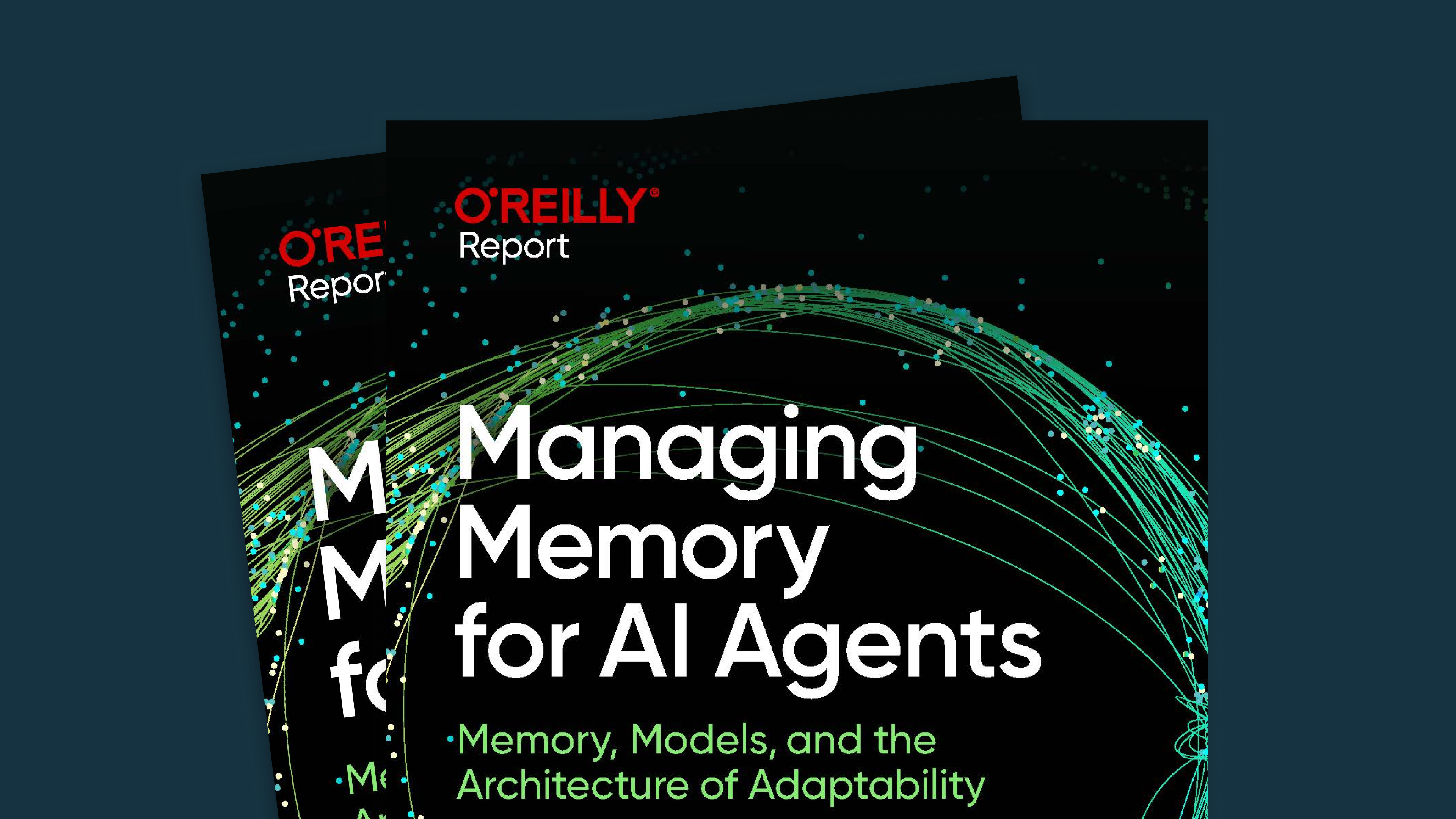Managing Memory for AI Agents
Memory, Models, and the Architecture of Adaptability

Let’s talk fast, accurate AI at AWS re:Invent.
Memory, Models, and the Architecture of Adaptability

Submit this form to get it delivered to your inbox.
How agent memory really works
Agent memory borrows from data storage for traditional software and mechanics of the human brain. Learn the current models for generating, storing, and retrieving these memories to provide better results from AI agents.
Key strategies for scalable agent memory
Explore tools and techniques like semantic caching, vector embeddings, checkpointing, and long-term memory design to optimize speed, accuracy, and cost.
Frameworks and architectures that work
See how teams use tools like Redis, LangGraph, and Mem0 to implement persistent memory and modular agent systems that scale across use cases and cloud environments.
How to choose the right LLMs for your agents
Evaluating and selecting the right LLM for the job is a key part of production agent systems. Learn the trade-offs across cost, latency, and reasoning depth, and see what approaches are most common.
Most AI agents still struggle with memory reliability—especially in multi-turn or long-context scenarios.
Semantic caching and vector-based memory reduce response times by up to 15X and cut costs by up to 90%.
Real-world frameworks like LangGraph, Mem0, and Redis are shaping how developers build scalable agent memory systems.
Engineers are moving away from one-size-fits-all LLMs toward modular, cost-efficient multi-model strategies.
This report gives you the architecture patterns, tools, and real-world examples to design memory systems that scale. Download now and start powering smarter, more adaptive AI agents.